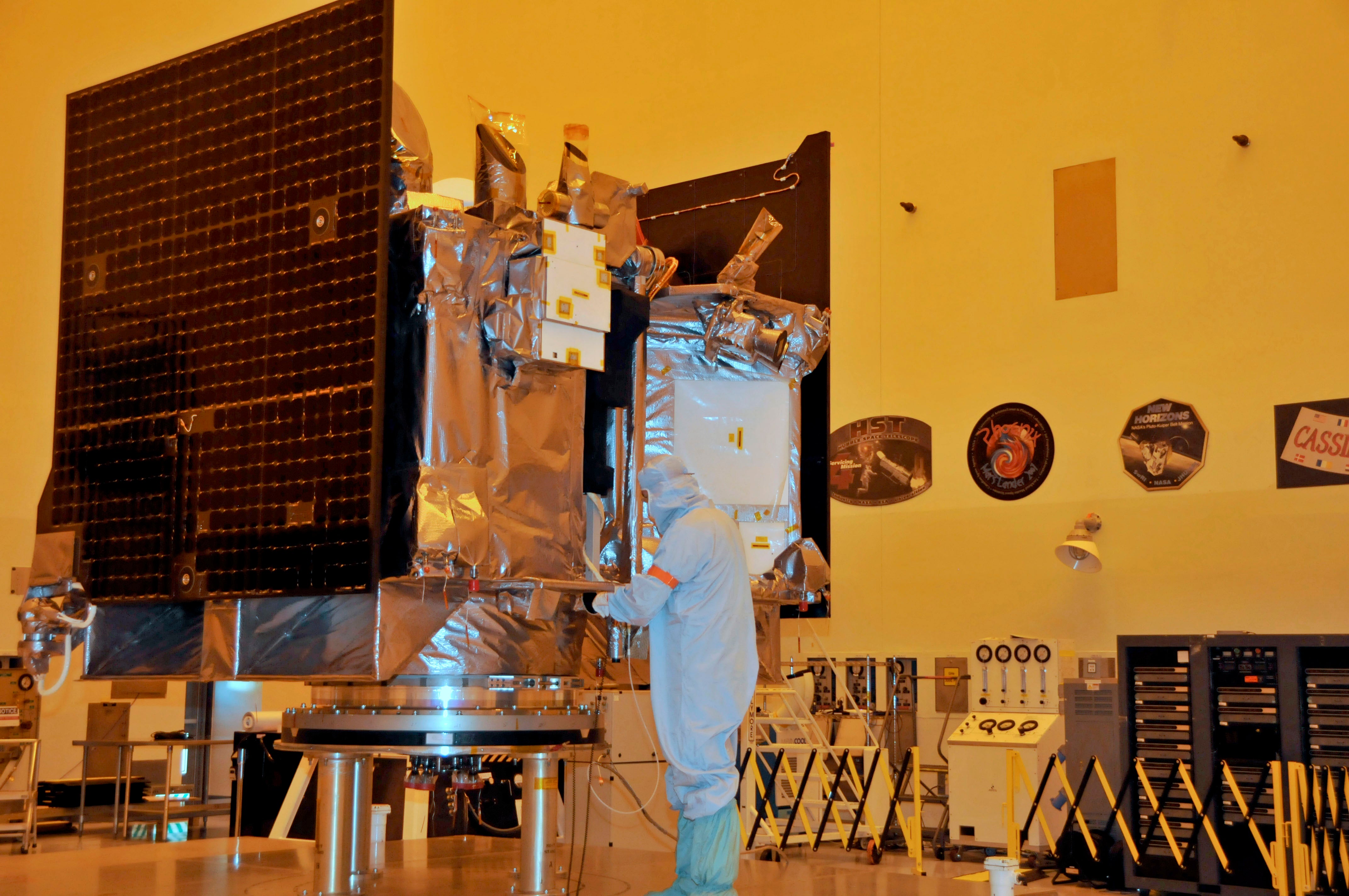Nasa’s Osiris Rex probe begins two year journey to Earth from asteroid Bennu with cache of soil samples
Spacecraft’s years-long cruise expected to end in a landing in Utah’s West Desert in September 2023

Nasa’s Osiris Rex probe is embarking on a two year journey back to Earth with a cache of soil and dust from the asteroid Bennu after spending nearly five years in space.
The Origins, Spectral Interpretation, Resource Identification, Security, Regolith Explorer (OSIRIS-REx) spacecraft left Bennu’s orbit on Monday, speeding away from the asteroid at nearly 1,000 kmph on a 2.5-year-cruise which is slated to culminate in a landing in Utah’s West Desert on September 24, 2023.
“OSIRIS-REx’s many accomplishments demonstrated the daring and innovate way in which exploration unfolds in real time,” Thomas Zurbuchen, associate administrator for science at Nasa Headquarters, said in a statement.
In the upcoming months, the Osiris Rex team at Nasa will be focussing on getting the samples to Earth safely, which would mark the largest sample brought to Earth by Nasa since the Apollo missions to the Moon.
In order to safely being the Bennu samples to Earth, the Nasa team needs to plan the spacecraft’s future manoeuvres and keep it on course throughout its long journey.
“The team rose to the challenge, and now we have a primordial piece of our solar system headed back to Earth where many generations of researchers can unlock its secrets,” Zurbuchen said.
Although the spacecraft still has lots of fuel remaining, the scientists said they are trying to preserve as much as possible for a extended mission to another asteroid once the sample capsule is returned to Earth.
While the spacecraft’s trajectory back to Earth will be determined mainly by the Sun’s gravity, Nasa engineers said they would need to make small course corrections via engine burns occasionally.
“We need to do regular corrections to bring the trajectory increasingly closer to Earth’s atmosphere for the sample release, and to account for small errors that might have accumulated since the last burn,” Peter Antreasian, OSIRIS-REx navigation lead at KinetX Aerospace, Simi Valley, California, added in the statement.
According to Nasa, the space probe has so far exceeded its expectations, with one of its critical missions to collectabout 60 gms od soil from Bennu’s surface executed by the team amidst the Covid pandemic.
Even as the Osiris Rex probe the asteroid in 2018, Nasa said the team was “kept on its toes”, as the asteroid was releasing small pieces of rock into space which the team had to ensure wasn’t harmful to the spacecraft.
Upon landing, the team was faced with another surprise when they found that Bennu was littered with boulders and rocks.
“We really had this idea that we were arriving on an asteroid with open real estate. The reality was a big shocker,” Heather Enos, OSIRIS-REx deputy principal investigator, said in a statement.
Due to these sudden discoveries on reaching the asteroid, engineers at Nasa had to quickly develop a more accurate navigation technique to target smaller-than-expected sites for sample collection.
The team also had to accurately execute a high-risk operation for capturing samples from the asteroid that involved pulverising boulders with a blast of high pressure nitrogen which raised dust and soil that were collected.
Over the course of its stay on Bennu, the Osiris Rex probe also helped in confirming several scientific findings, including that the asteroid once held water and that its minerals were carbon rich.
“This mission emphasizes why we have to do science and exploration in multiple ways – both from Earth and from up-close in space – because assumptions and models are just that,” Enos said.
Join our commenting forum
Join thought-provoking conversations, follow other Independent readers and see their replies
Comments
Bookmark popover
Removed from bookmarks